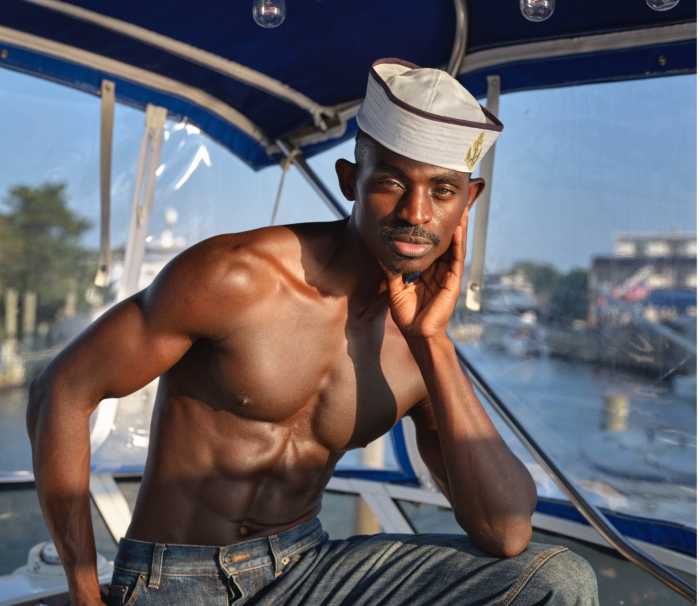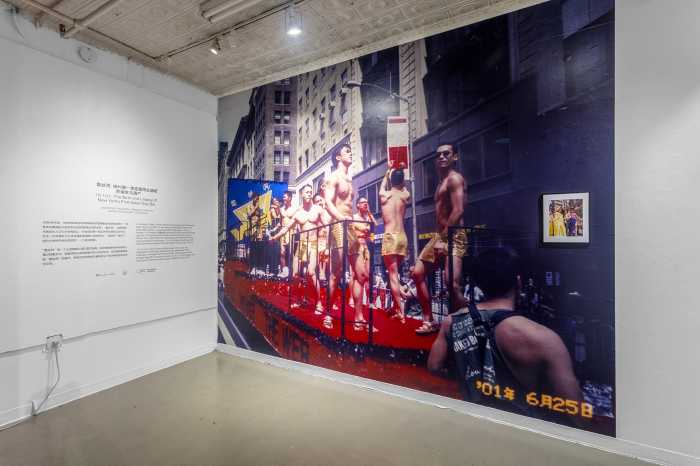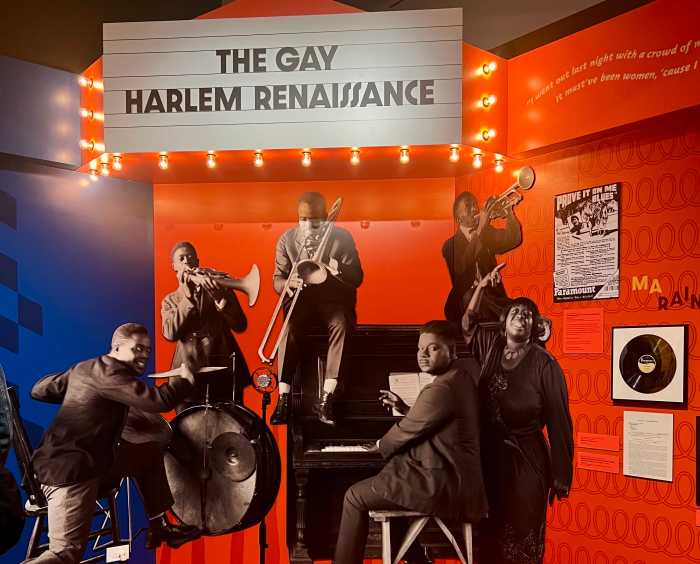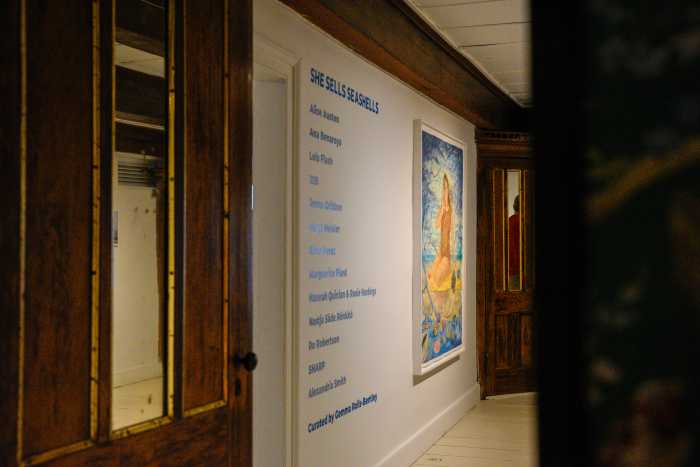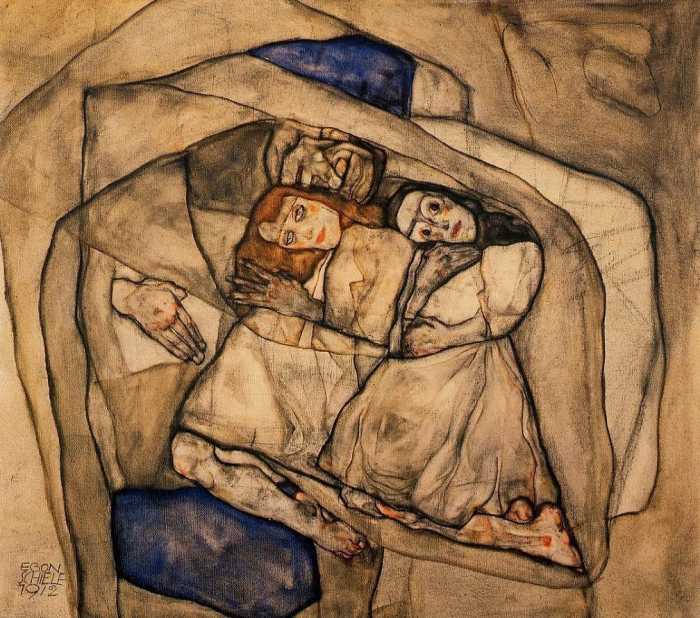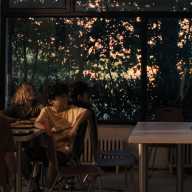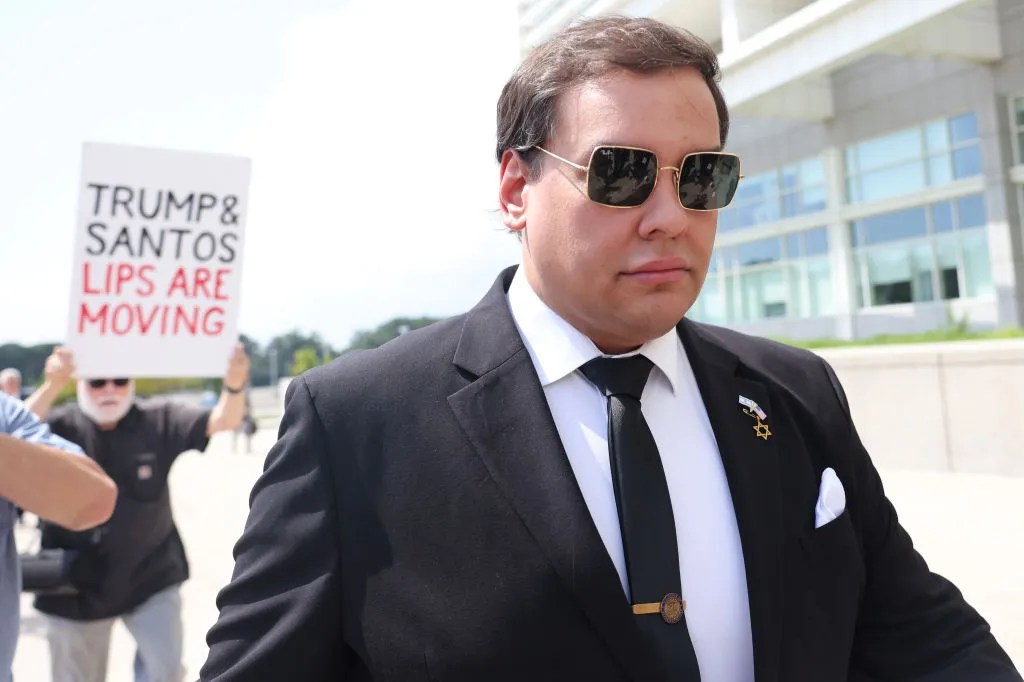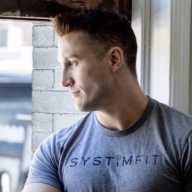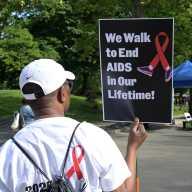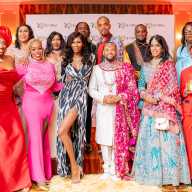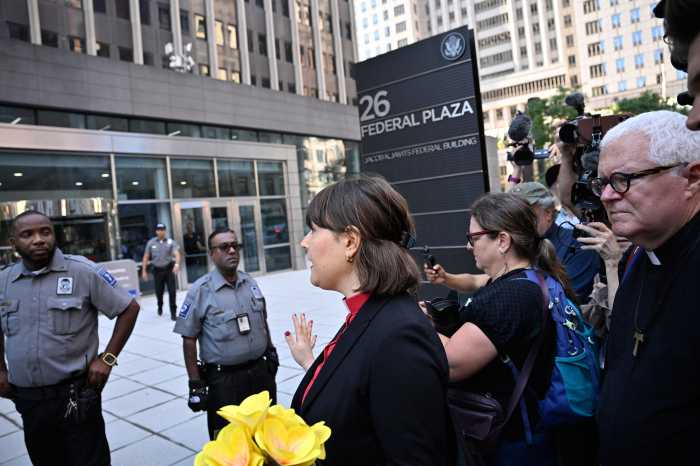On view at City Lore Gallery is “Legendary Looks: Preserving Our Legacy,” one in a three-part exhibition series co-organized by Arts-Westchester, Pioneer Works, and City Lore, which focuses on the legacy of House-Ballroom culture.
The series was curated by House-Ballroom members Twiggy Pucci Garçon, Jonovia Chase Lanvin, and Michael Roberson to historicize the House-Ballroom community, a “working-class Black, Nuyorican, and Latinx queer and trans cultural formation” brought to mainstream attention in the documentary film, “Paris is Burning,” and television series, “Pose,” among other productions.
Since its introduction to the mainstream in the late 1980s, the brightest light to be shone on Ballroom-House society has been on its performative elements, most notably vogueing, the dance form it originated. Vogueing captivated the likes of Malcolm McLaren and Madonna, and continued to influence choreography of later generations of performers, from Destiny’s Child to Willow Smith, whose debut video, “Whip My Hair,” released in 2010 when Smith was only nine years old, cameoed the prominent voguer Leiomy Maldonado.
While celebrating the unprecedented impact of that crossover appeal, “Legendary Looks” is dedicated to commemorating the community’s lesser-publicized initiatives, such as its response to the AIDS epidemic. A number of the founders and members in the circuit succumbed to AIDS or other health challenges that went undiagnosed or poorly treated, such as diabetes and hypertension. In response, the “Crystal HIV Prevention Ball” was held in Philadelphia in 1997, and the “People of Color in Crisis (POCC) Prevention Ball” took place in New York City in 2002. Other partnerships with relevant organizations occurred throughout the 1990s and early 2000s.
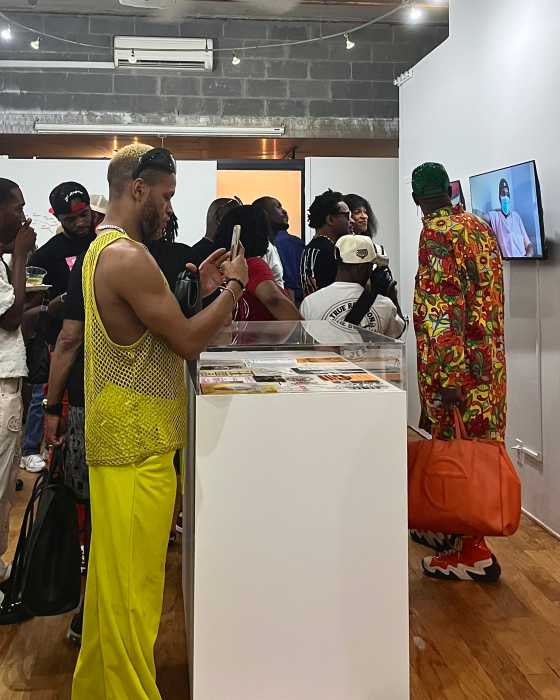
“Memory can be a space for the utopian social imagination,” said Roberson, an adjunct professor at The New School and Union Theological Seminary, where he teaches courses on Ballroom history through a pedagogical approach he terms “Vogue’ology.”
The opportunity to partner with City Lore came through the organization’s “Cultural Ambassadors Program,” which supports cultural workers in local, underserved communities to document those communities from within.
“City Lore, this non-profit with a gallery down here on the Lower East Side, got its start in 1985, so we’ve been doing programs and projects related to cultural history and folklore for all these years,” said gallery co-director Steve Zeitlin. “And, all the many years we have been doing this, we have never come across a community as rich in folklore and tradition and community as the Ballroom community.”
To capture some essence of that richness, curators Roberson, Garçon, and Lanvin present videotaped interviews of four Ballroom-House members of different backgrounds, generations, gender identities, and years of involvement, giving a collective oral history of the community’s evolution. The testimonies, shown on flatscreen monitors with accompanying headsets for visitors to listen individually, are complemented by written commentary about the figures profiled.

On one wall, there is a timeline of key moments in Ballroom history, from its inception in 1972 to the present. Additionally, displayed in a glass case and in a portfolio are flyers and program booklets from the elaborate balls around which the community is structured, dating back to the 1980s — held in not only New York, but Boston, Philadelphia, the District of Columbia, and other locations.
The images and language in these program booklets display the sheer artfulness with which Ballroom mavens brazenly appropriated symbols of exclusivity and success from the fashion industry, glossy magazines, and primetime television. One Philadelphia ball in 1995 bore the title, “Kenny Loves Polo.” The front cover of the program booklet features a photograph of host Kenny not only fully outfitted in Polo Ralph Lauren brand clothing, but posing in front of a Ralph Lauren store, clutching shopping bags. Thought-provoking to consider that this statement commingling style, aspiration, and race was made in the Ballroom 30 years before the Ralph Lauren company’s launch last month of “Polo Ralph Lauren for Oak Bluffs,” a new collection inspired by the longstanding upper-middle-class African American vacation spot of the same name on Martha’s Vineyard, Mass.
Archival materials such as the “Kenny Loves Polo” program booklet provide evidence of originality and innovativeness for a community that has at times struggled to maintain control over of its own cultural production, as has been asserted as early as 1993 in a New York Times article, a clipping of which is on page one of the portfolio.
From this archival perspective, “Legendary Looks: Preserving our Legacy” is continuous with recent museum and gallery exhibitions that have highlighted catalogued archives of queer social scenes internationally.
Last year, London’s Somerset House hosted, “Making a rukus!,” a multimedia exhibition drawn on the holdings of the “rukus! Black LGBT Archive,” cofounded in 2005 by filmmaker Topher Campbell and photographer Ajamu X to collect and preserve so-themed materials, from club-night flyers to experimental film and video. Housed in the London Metropolitan Archives, it currently constitutes the UK’s largest publicly-accessible collection of its kind, with ambitions to expand into a Europe-wide receptacle.
And, in 2023, the Leslie-Lohman Museum of Art exhibited, “Images on which to build, 1970s – 1990s,” a group exhibition that included selections from the Lesbian Herstory Archives and other archival projects that document lesbian, feminist and trans socializing or community building.
“Legendary Looks: Preserving Our Legacy” | City Lore Gallery | Until September 21, 2025


